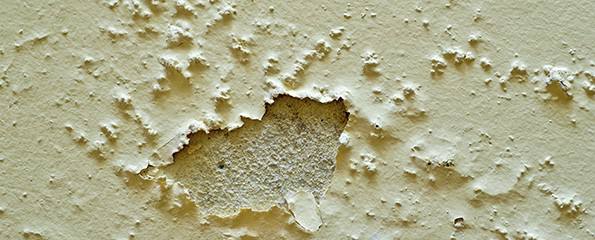Household mould a trigger for increased asthma risk
Reducing the presence of mould in the home may reduce asthma in middle-aged adults according to new research led by the University of Melbourne in collaboration with the University of Tasmania, and Monash University.
In a follow-up of a longitudinal health study conducted in Tasmania, over 5,700 participants completed respiratory and home environment questionnaires and had skin-prick tests for allergy.
The results revealed that recent presence of mould in the home was associated with “non-allergic” asthma in middle age, particularly in men whose risk was about 4 times that of women.
Published in the Journal Respirology, Dr John Burgess, one of the lead authors from the University of Melbourne and University of Tasmania said, most studies of mould and asthma had concentrated on children and adolescents.
He added that in this study the asthma and related symptoms were more common as mould exposure increased.
“We found that in homes with more rooms affected by mould, there was a stronger trend for asthma, wheezing and night time chest tightness.”
In addition, the study confirmed findings from other studies that environmental tobacco smoke exposure in the home was an important risk factor for asthma and respiratory symptoms.
It is acknowledged that asthma has increased substantially in recent decades with up to ten percent of Australians known to suffer from asthma. Environmental factors have been suggested as contributors to this increase.
(Source: The University of Melbourne, Journal Respirology)
Dates
Tags
Created by:

 Login
Login














